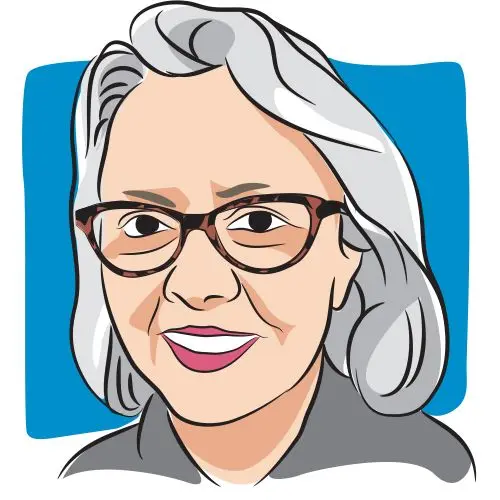Article
Preparing for Survivorship
Author(s):
When treatment ends and survivorship begins, how do those with cancer make the transition? In this post, one survivor shares her findings.
In a few months, I’ll celebrate 5 years since being diagnosed with invasive ductal carcinoma. As a breast cancer survivor, I am amazed at the possibility of reaching this milestone while remaining cancer-free. When I initially received a diagnosis of cancer, I wrongly assumed I’d been handed a death sentence. Being cancer naïve, I assumed my life would be cut short by the disease but I am happy to say, it hasn’t been. I am still living. I am a survivor! I was diagnosed at the age of 56. Today, I am 61.
It seems the number of cancer survivors is growing. Perhaps it’s due to the advances we’ve seen in modern medicine, or perhaps it’s due to earlier detection. Whatever the case, the bottom line is that a cancer diagnosis doesn’t necessarily mean imminent death.
According to the American Cancer Society, “There are more than 15.5 million cancer survivors alive in the US today, and that number will grow to more than 20 million by 2026. This includes everyone who’s ever had cancer, from the time of diagnosis for the rest of their life.” Those statistics are staggering.
And with the number of survivors growing larger and larger every day, it’s important to ask, what happens to those, like me, entering the world of survivorship? How will we be followed to ensure we don’t fall through cracks?
When a cancer survivor completes active treatment, it doesn’t mean there won’t be any late or long-term side effects. Many cancer survivors struggle continually with residual effects such as constant fatigue, bone and joint pain, peripheral neuropathy and other physical symptoms. Not only are physical symptoms experienced, there can often be emotional and spiritual issues.
The transition from patient to survivor can be challenging. For those, like me, who’ve been thankful for the watchful eye of the doctor and those periodic office visits that include bloodwork and diagnostic tests, it’s frightening to think about no longer having that security. It’s easy to feel like the lifeline has been severed and we’ve been thrust into the world of the unknown.
When the safety net of constant care is removed, how do survivors cope?
On my last printout of scheduled appointments from the cancer treatment center, I noticed an upcoming appointment for the month of May. The appointment was listed merely as Survivorship. I assumed the appointment had been scheduled for me since this would mark the fifth year of being in a state of no evidence of disease, (N.E.D). No one had spoken with me about the appointment and I had no idea what topics would be discussed. As I thought about the appointment, curiosity got the better of me. I did some research and it seems the survivorship appointment was planned in accordance with the Commission on Cancer’s 3.3 Survivorship Care Plan, which was introduced in 2016. In that plan, eligible patients, who have completed active therapy, are supposed to receive detailed information regarding their specific case. Information to be included in the survivorship care plan would include information such as the individual’s original diagnosis, surgical procedures, treatment summary and follow-up care.
The individual survivorship plan designed for me will most certainly contain valuable information such as signs and symptoms of recurrence, how to maintain a healthy lifestyle, and may possibly include phone numbers for medical staff or resources to aid my transition. I must admit, I’m looking forward to that appointment and I’m thankful guidelines have been implemented to assure survivors they won’t be forgotten.
Leaving the world of pink behind is something many of us long to do. I, for one, would love to see it disappear forever in my rear-view mirror. Until that day, I’ll keep on surviving one day at a time along with the millions of others who have amazingly beat cancer.
Not all medical facilities make preparations to equip their patients for the transition toward survivorship, but thankfully, some do. Online care plans are available through various medical facilities, like this one.
Check with your doctor or medical facility to see if a survivorship program is available in your area. An individualized plan, developed by your care team, would provide the most helpful information.





